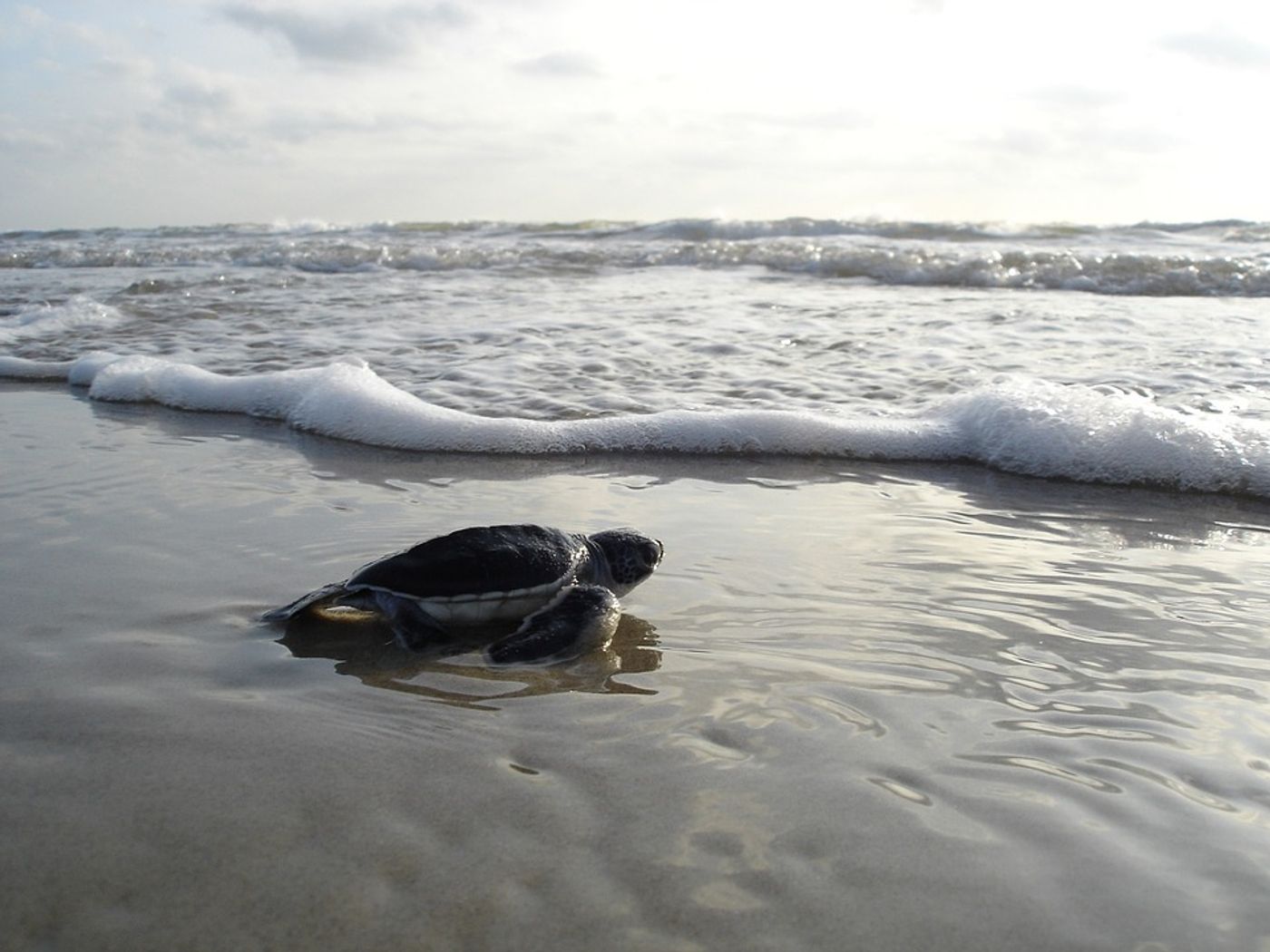Researchers Are Cooling Down Sea Turtle Nests for Conservation Purposes
Climate change impacts all kinds of wild animals, including several varieties of sea turtles – many of which are now recognized by the International Union for Conservation of Nature as vulnerable, endangered, or critically endangered species on the organization’s Red List.
Image Credit: Pixabay
A warmer planet yields warmer beaches with heated sands, and sea turtles like to nest in the sand. To make matters worse, sea turtles are particularly vulnerable to these kinds of temperature shifts because they can influence gender assortment in hatchlings. Consequently, we see gender imbalances in sea turtle populations, and that’s bad for reproduction.
Given the precarious circumstances, a team of conservationists from the University of Queensland and WWF Australia are investigating noninvasive ways to reduce sea turtle nesting temperatures to prevent these imbalances from occurring. The work is part of a more significant plan to preserve dwindling sea turtle populations and help them grow and thrive.
“The science is saying that hotter sand, linked to climate change, is to blame and this is causing concern for the future of that population,” elucidated Melissa Staines, a researcher from the University of Queensland. “In the Far North, nest temperatures above 29.1 degrees Celsius generate mostly females, while sand temperatures above 34 degrees Celsius are fatal.”
Related: Sea turtles use their flippers to handle food too, study finds
Various cooling techniques are being tested on Milman Island, but two of the most prominent involve cooling the surrounding sand with seawater every night and shielding nests from the daytime sunlight with shades crafted from palm fronds. The idea is to keep temperatures below 29.1 degrees Celsius to ensure a healthy ratio of males and females.
Temperature sensors that are buried underneath the nests capture real-time temperature readouts, allowing the researchers to discern whether the efforts are working. Thus far, nest-cooling efforts have been limited to a small subset of test subjects until the effectiveness of the cooling efforts can be shown.
Assuming positive results are realized, nest cooling efforts could one day advance to the nearby Raine Island, a hotspot for green turtle nesting:
“On Raine Island, 120 kilometers south, the large numbers of green turtles coming ashore each night would knock over any shade structures,” Staines added. “There are an estimated 200,000 female green turtles in the northern Great Barrier Reef stock, and up to 90 percent of those females nest on Raine Island or surrounding cays.”
Related: All known sea turtle species have ingested microplastics
The island where the researchers are testing their techniques lacks the resources for an irrigation system or shade cloth production. Thankfully, palm fronds are a great alternative to shade cloths, and the island appears to be chock-full of them.
It should be interesting to see whether the nest-cooling attempts work; after all, sea turtle nests are in distress all around the globe and the time to act is now.
Source: University of Queensland









